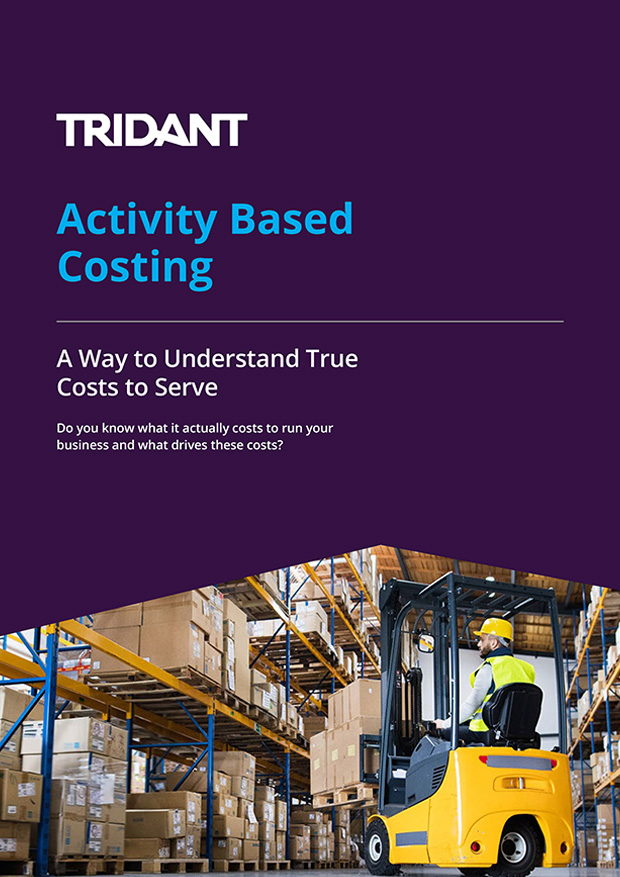Understanding the cost to serve is crucial for businesses seeking to optimise their operations and enhance efficiency. Cost to serve refers to the total expenses incurred by a business in delivering a product or service to its customers. It encompasses the entire supply chain and operational process, taking into account various elements such as production, distribution, transportation, customer service and after-sales support.
To calculate the cost to serve it is important to identify the different cost components, allocate direct and indirect expenses and apply activity-based costing methodologies to distribute costs more accurately.
By analysing these costs, businesses can identify areas for improvement, streamline processes, and make informed decisions about resource allocation to ensure that the delivery of products or services is both effective and economically sustainable. It provides valuable insights into the true expenses associated with serving customers, helping businesses refine their strategies and improve overall profitability.




Copyright © Tridant Pty Ltd.